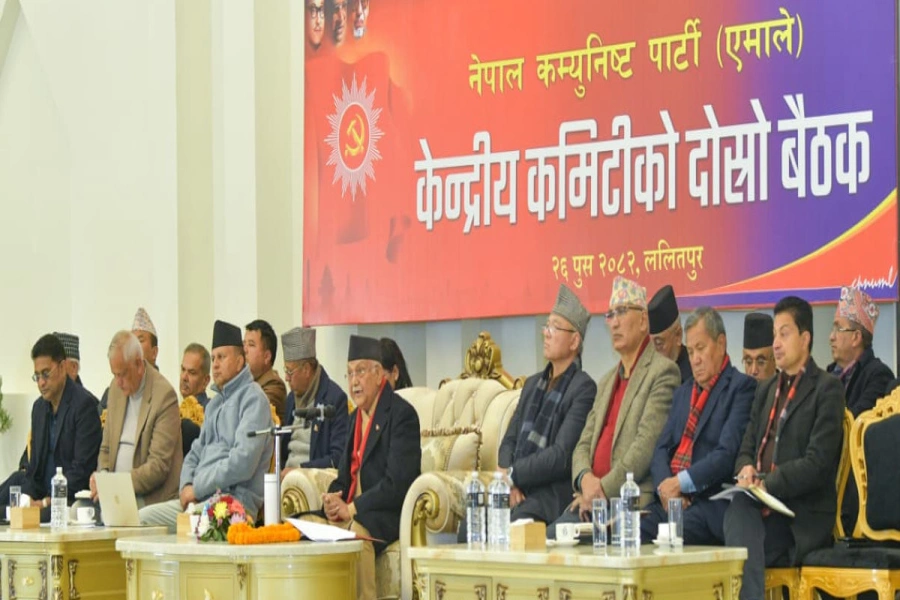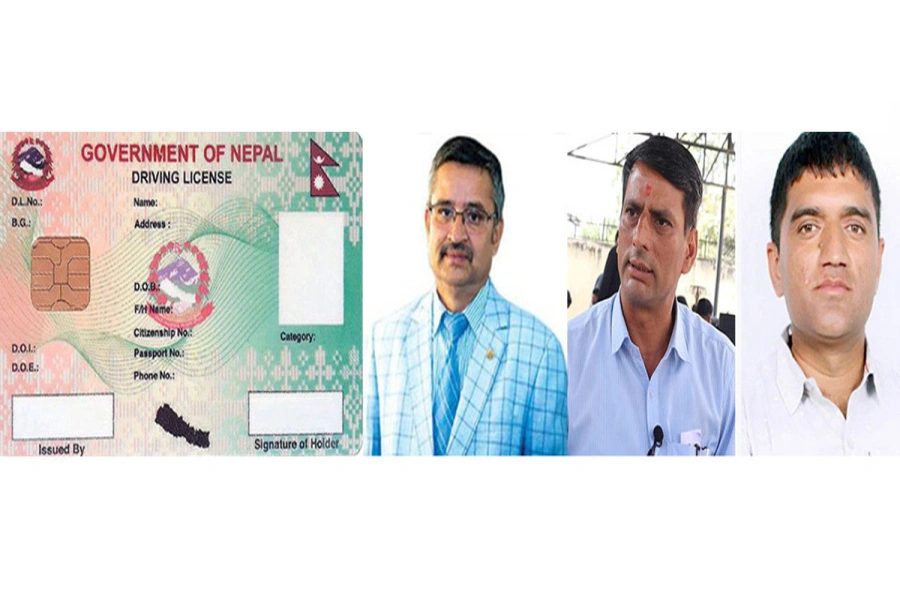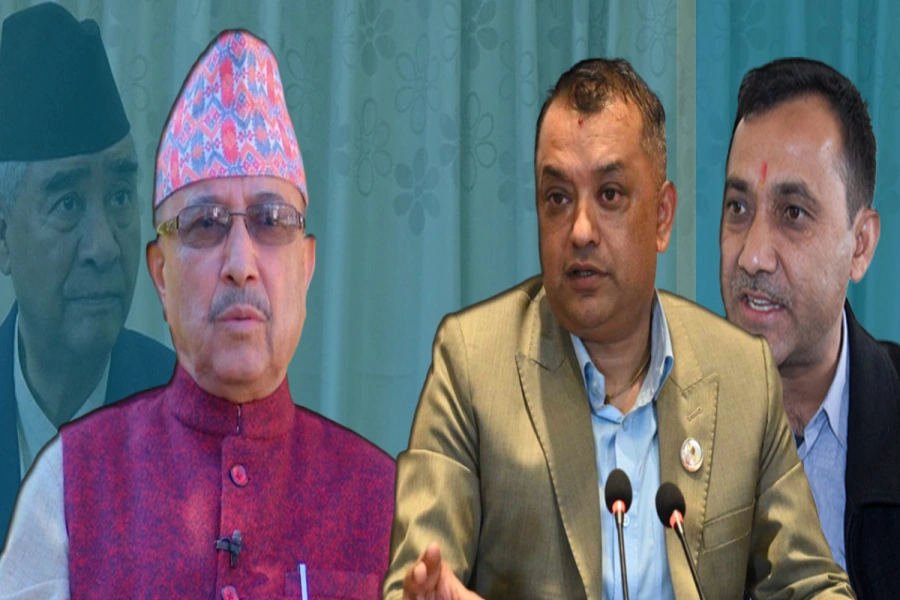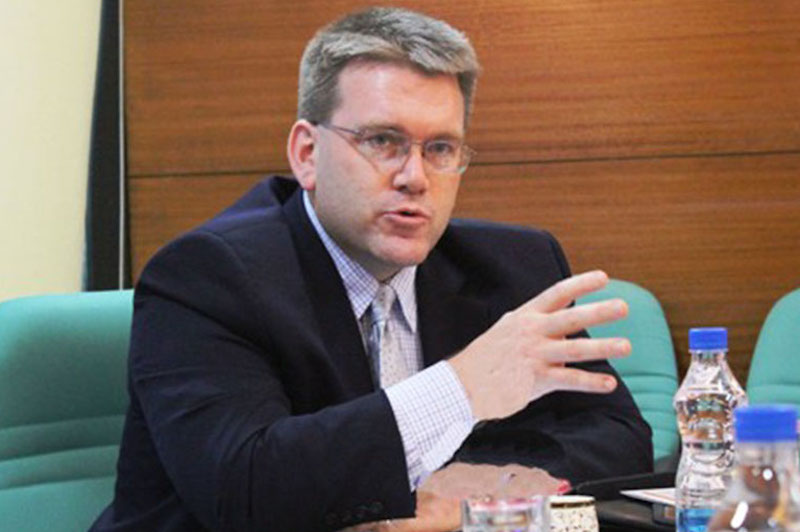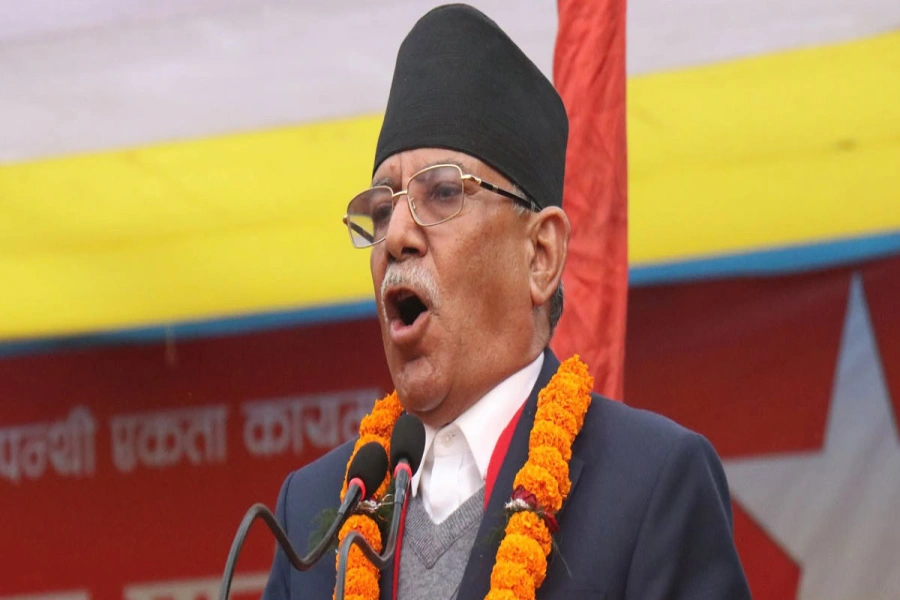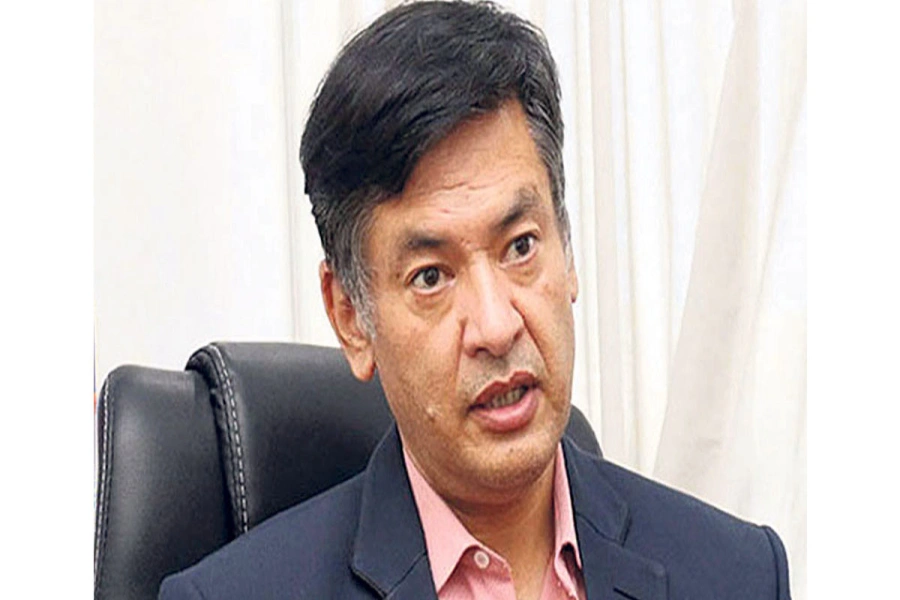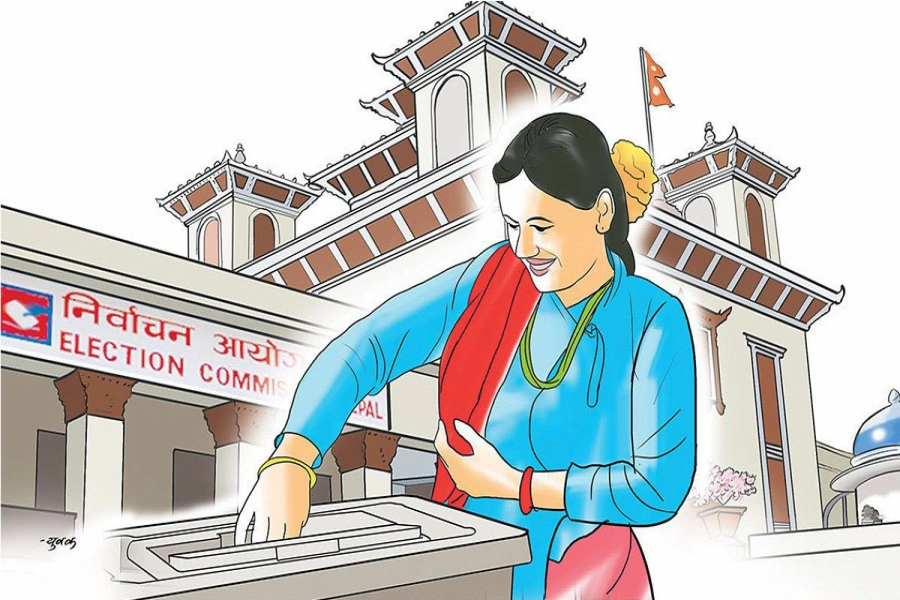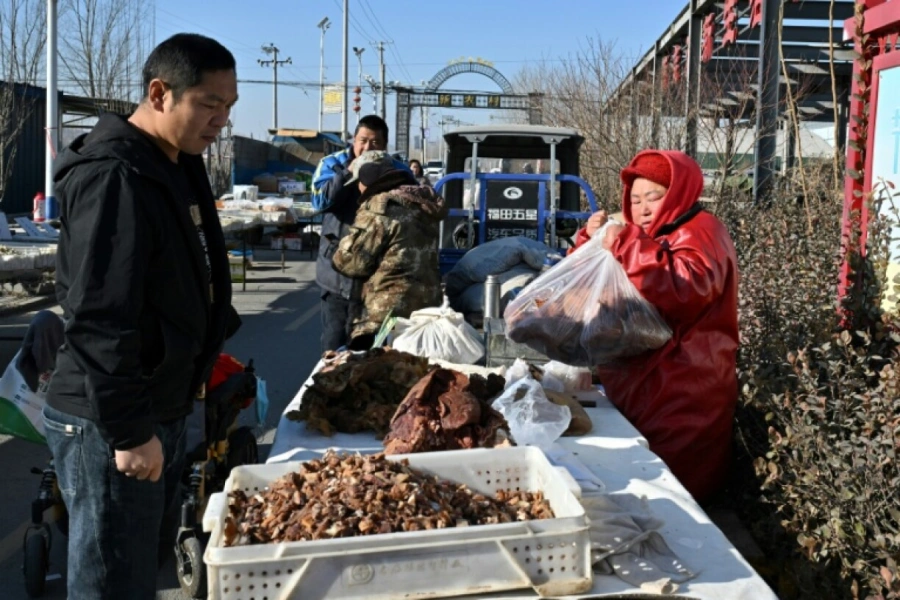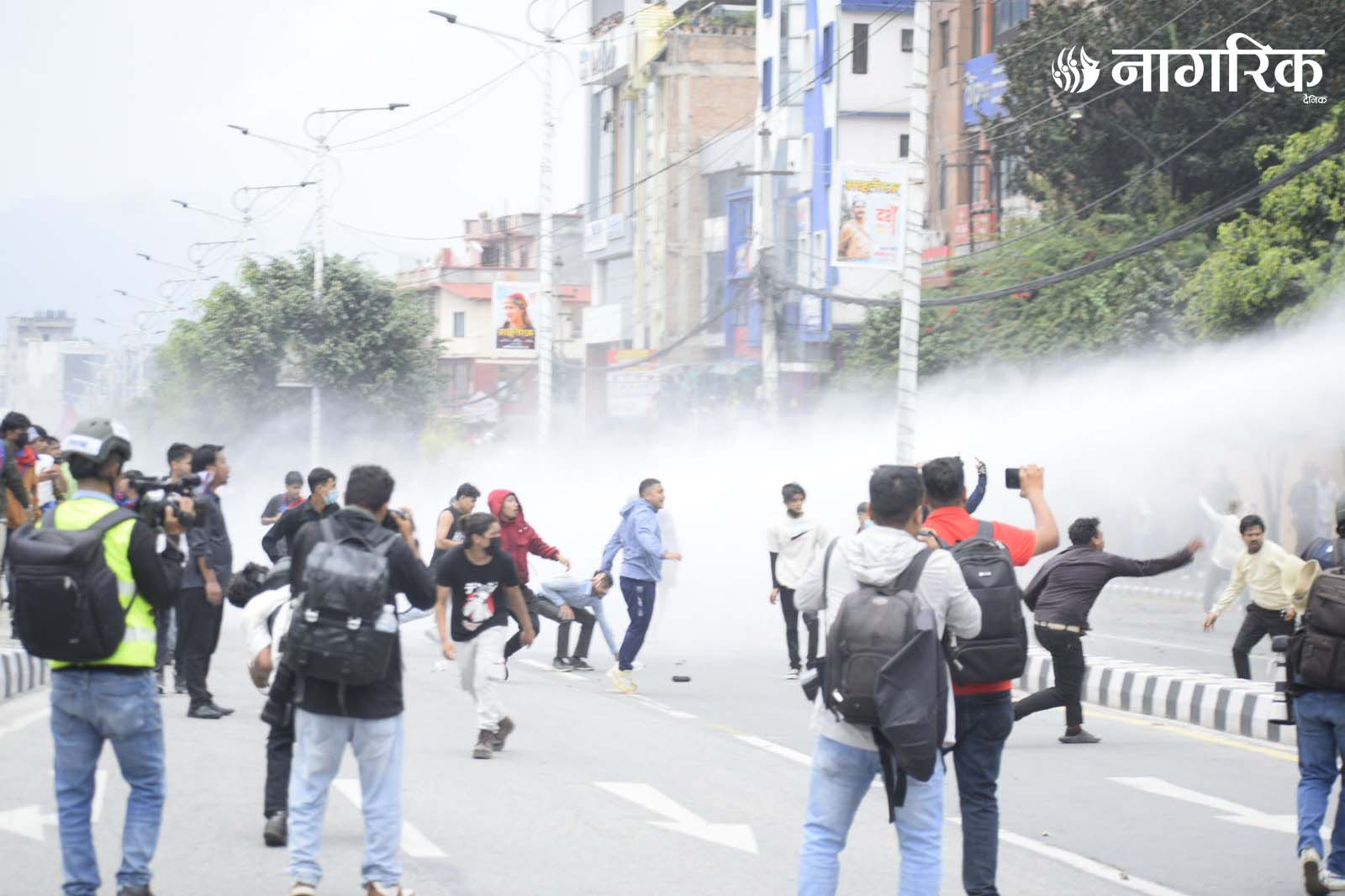Nepal has a long history of receiving foreign aid. The country's foreign aid journey spans over seven decades going all the way back to the 1950s. Ever since, foreign assistance has formed a cornerstone of Nepal’s economic planning, constituting up to 30% of the national development budget. Nepal has depended heavily on donor funding for key areas of development, including infrastructure, education, health, and disaster response. The transformative changes achieved in the social sector and empowering the marginalized community would never have been possible without development assistance coming from bilateral and multilateral aid agencies, development partners like the United Nations Development Program and the well-meaning international non-governmental organizations. But as Nepal prepares to graduate from Least Developed Country (LDC) status in 2026, the question looms: Has aid truly delivered transformative development in Nepal?
The newly introduced Foreign Aid Mobilization Policy 2025 comes at a critical point and follows the massive shift in the global geopolitics, policies and priorities coupled with what is known as the Tariff War. It acknowledges Nepal's traditional aid architecture no longer serves the purpose. Nepal has identified that it must transition from a passive aid recipient to an assertive development actor. The policy appears to be forward-looking in its ambition. And, the vision is absolutely clear: foreign aid must contribute to Nepal’s own development goals, not those driven solely by donor interests – as has been the practice over the past several decades. The new aid mobilization policy sets commendable objectives – efficiency, alignment with national priorities, greater public-private collaboration, and accountability. Strategies include enhancing aid transparency, strengthening institutional capacity, and integrating climate resilience.
Govt enforces new foreign aid policy for effective use of forei...

There are challenges. Aid fragmentation, donor-driven agendas, low absorption capacity, and delayed project implementation have persisted for years. In fiscal year 2023/24, Nepal’s utilization of foreign aid fell below 15%. Bureaucratic bottlenecks, corruption, political instability, and weak project preparation continue to erode the potential of well-intentioned aid. For decades, Nepal depended on grants but the global priorities and strategies have started shifting toward concessional loans, which is a matter of serious concern. Although multilateral loans are likely to come with favorable terms, currency fluctuations and delayed returns from long-gestation projects heighten the associated risks. The grant portion of aid is shrinking. Such a shift necessitates effective project execution and monitoring.
One of the policy’s strengths lies in its recognition of the federal governance structure. Decentralization has brought development closer to the people, but local governments remain ill-equipped to manage the development projects. The new policy rightly emphasizes inter-agency coordination and capacity building as vital touch points. A welcome addition is the policy’s support for public-private partnerships (PPPs) and blended finance. Nepal must move beyond aid dependency toward leveraging private capital and innovation. However, this shift demands robust oversight to prevent all forms of capture, ensuring that development remains inclusive.
For donors, the message is clear: align with Nepal’s priorities, not your own institutional checklists. Overall, the aid should empower local communities, not bypass them. But then no policy is complete. Any good policy succeeds only when all actors work in tandem, by design. Even the civil society has a watchdog role to play. With the right political will, institutional reforms, and public engagement, Nepal could chart a new course as Nepal prepares to leave the LDC category. For the Foreign Aid Mobilization Policy 2025 to succeed, it must be backed by action. The next chapter in Nepal’s development story depends not on how many policies it comes up with but how well they are implemented.




